This website uses a variety of cookies, which you consent to if you continue to use this site. You can read our Privacy Policy for
details about how these cookies are used, and to grant or withdraw your consent for certain types of cookies.
Category - Weir Boxes
Blog
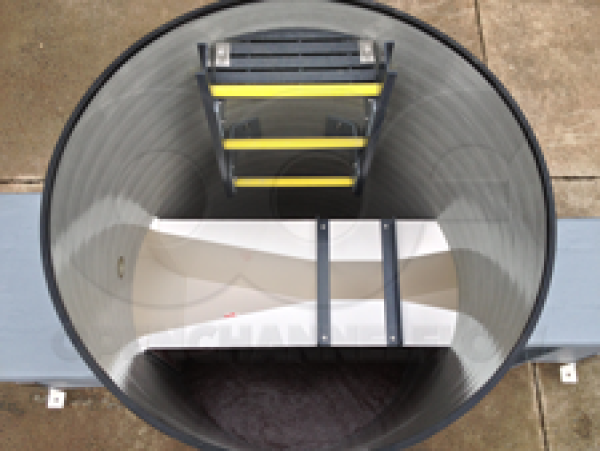
Benefits of Packaged Metering Manholes to Consulting Engineers
Fiberglass Packaged Metering Manholes are a great solution to the problem of measuring piped flows below grade and provide a unique set of benefits to consulting engineers who specify them. To the consulting engineer these benefits include: installation / measurement…
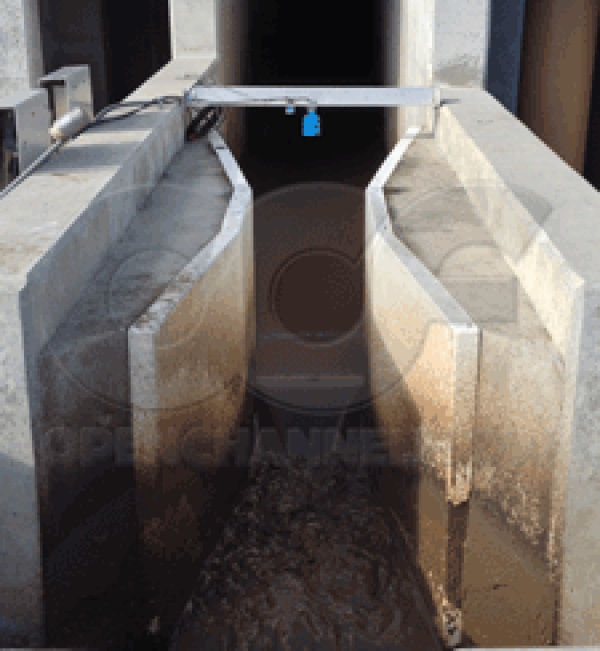
Who Are the Leading Manufacturers of Flumes, Manholes, and Weirs
Every year at Openchannelflow we talk with several hundred consultants, researchers, contractors and end-users about their flow monitoring needs. Because we work extremely hard at answering all questions "flow” on this web site – and this blog in particular - we are…
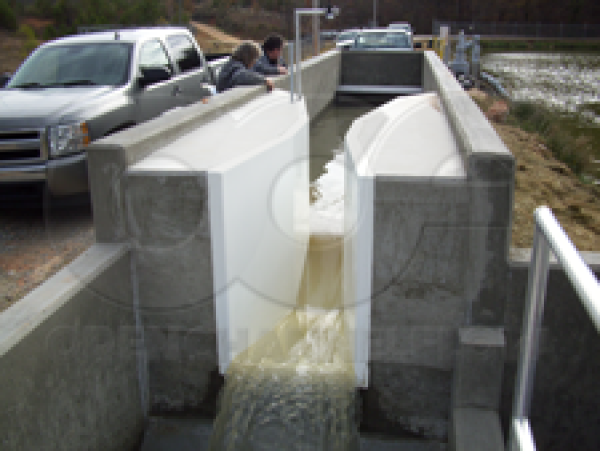
Flow Resolution Versus Accuracy in Flumes
Many people confuse a flume’s resolution with its accuracy and use the terms interchangeably. The two, however, are distinct from each other.
A flume may have good resolution, but poor accuracy, and vice versa.

Flow Conditioning Plates for Flumes and Weirs
For flume and weir applications where the flow entering the device may not be as well distributed as one would like / or where the velocity profile needs adjustment, perforated baffle plates can be a good choice. Used in a series of two or more, perforated baffle plates help…

Case Study - Colorado State University - Portable Weir Plates
Case Study Portable stream gauging Customer Warner College of Natural Resources - Colorado State University Background Warner College of Natural Resources (WCNR) at Colorado State University (CSU) is the largest named and most comprehensive natural resources program in the United…
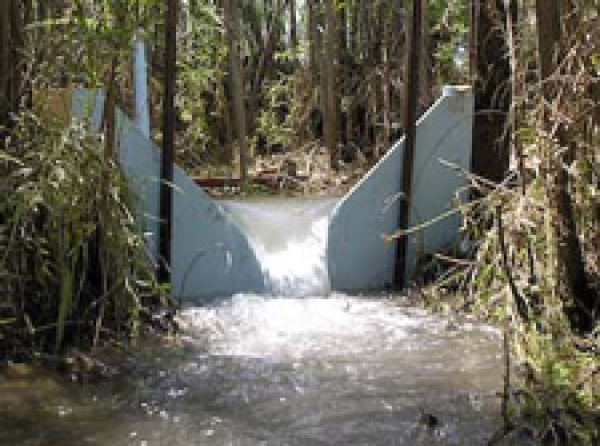
Limitations of Thin-Plate Weirs
Thin-plate weirs, when properly installed and maintained, are one of the most accurate means of measuring open channel flows.
Under field conditions, though, without proper sizing or regular maintenance a thin-plate weir will become increasingly less accurate over time.

Underflow Baffles for Weir Flows
A problem with the application of thin-plate weirs in the field is the lack of proper conditioning of the flow before it reaches the weir crest. Baffles, placed upstream of the point of measurement, can be used to correct both poor approach velocity profiles and surface…

Freestanding Fiberglass Staff Gauges
Freestanding staff gauges are a good solution to the need to measure level in a flume, weir, or channel. They are also useful in stream gauging or as replacements for other gauges that are damaged or no longer readable. Openchannelflow fiberglass freestanding staff gauges…
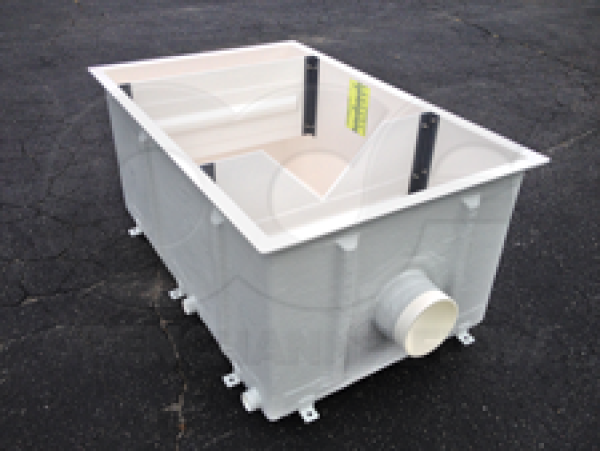
Shallow, Sub-Surface Dam Seepage Monitoring
Reinforced weir boxes are a convenient way of measuring seepage flows out of a dam when the pipe is just below grade. Reinforcing the sidewalls of a weir box can allow the structure to withstand the pressures exerted by the soil in shallow burial applications. In these…

Measuring Feedlot Runoff with Flumes and Weirs
Feedlots are an economical way to feed and raise a variety of livestock, but they generate large quantities of runoff, which can impact ground and surface water supplies. Accurate flow measurement is important as part of a BMP approach to the problem and both flumes and…
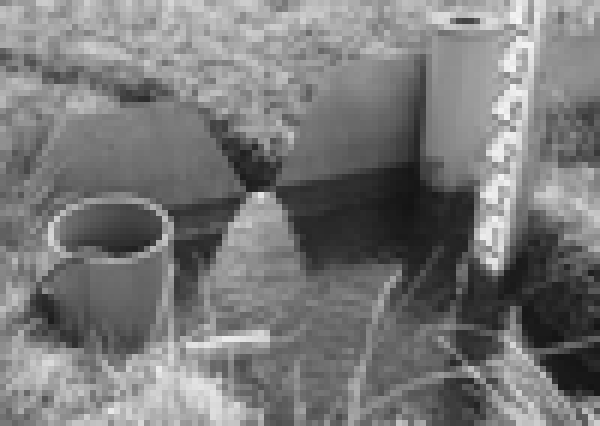
Reading the Level in a Weir
A common problem we encounter in talking to customers about using weirs is lack of understanding of where the correct point of measurement is. Unlike a flume, where the point of measurement is integral or fixed in the structure, for a weir, the point of measurement is upstream of…

Grades of Stainless Steel for Flumes and Weirs
In selecting a material of construction for a flume or a weir, it is not uncommon for the decision to be made “go with stainless” without a consideration of the grade of stainless that best fits the application. Both T-304 and T-316 stainless steels are…

LOCATIONS IN ATLANTA, GA & BOISE, ID

